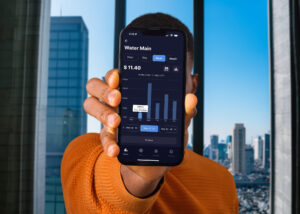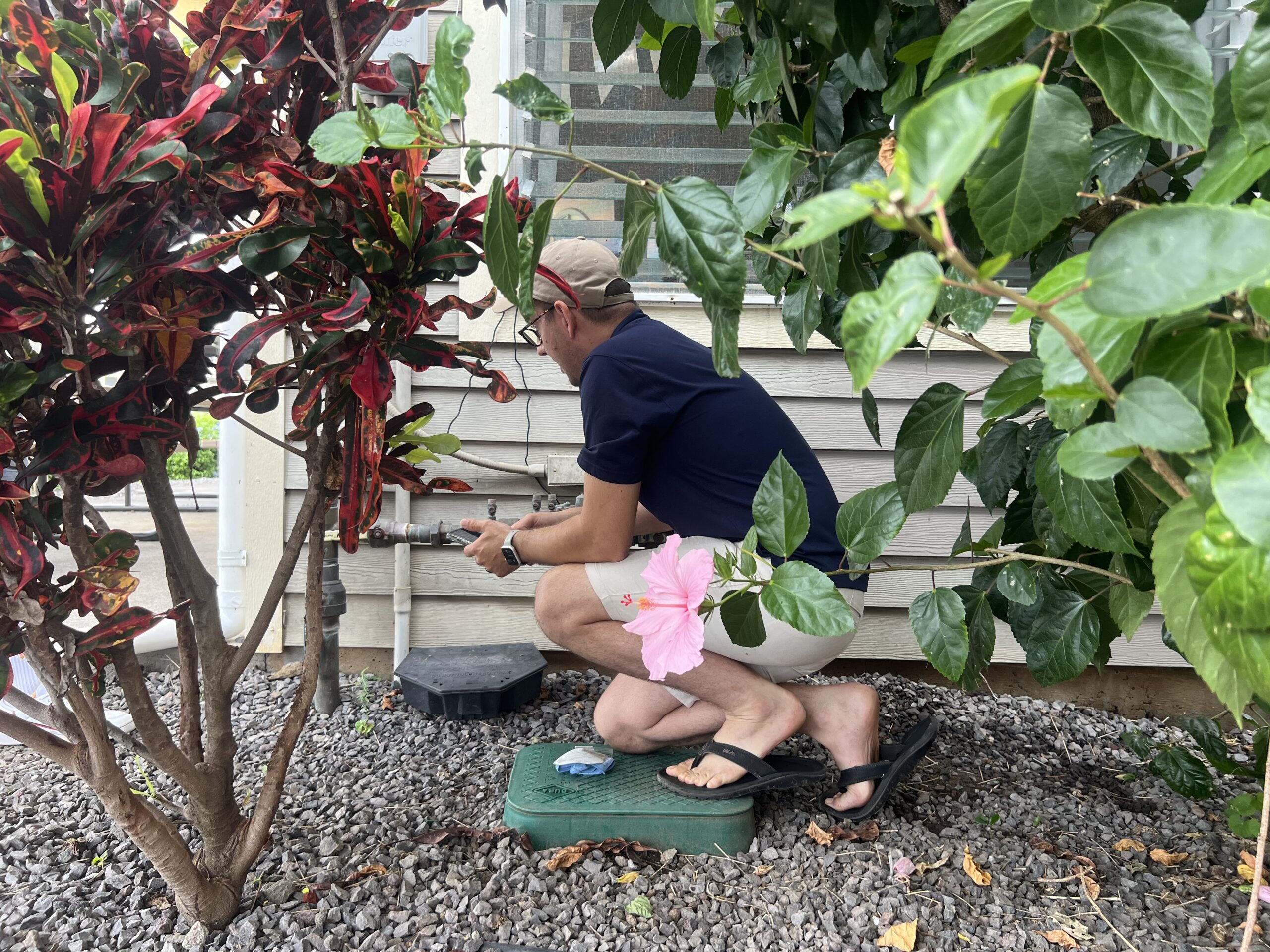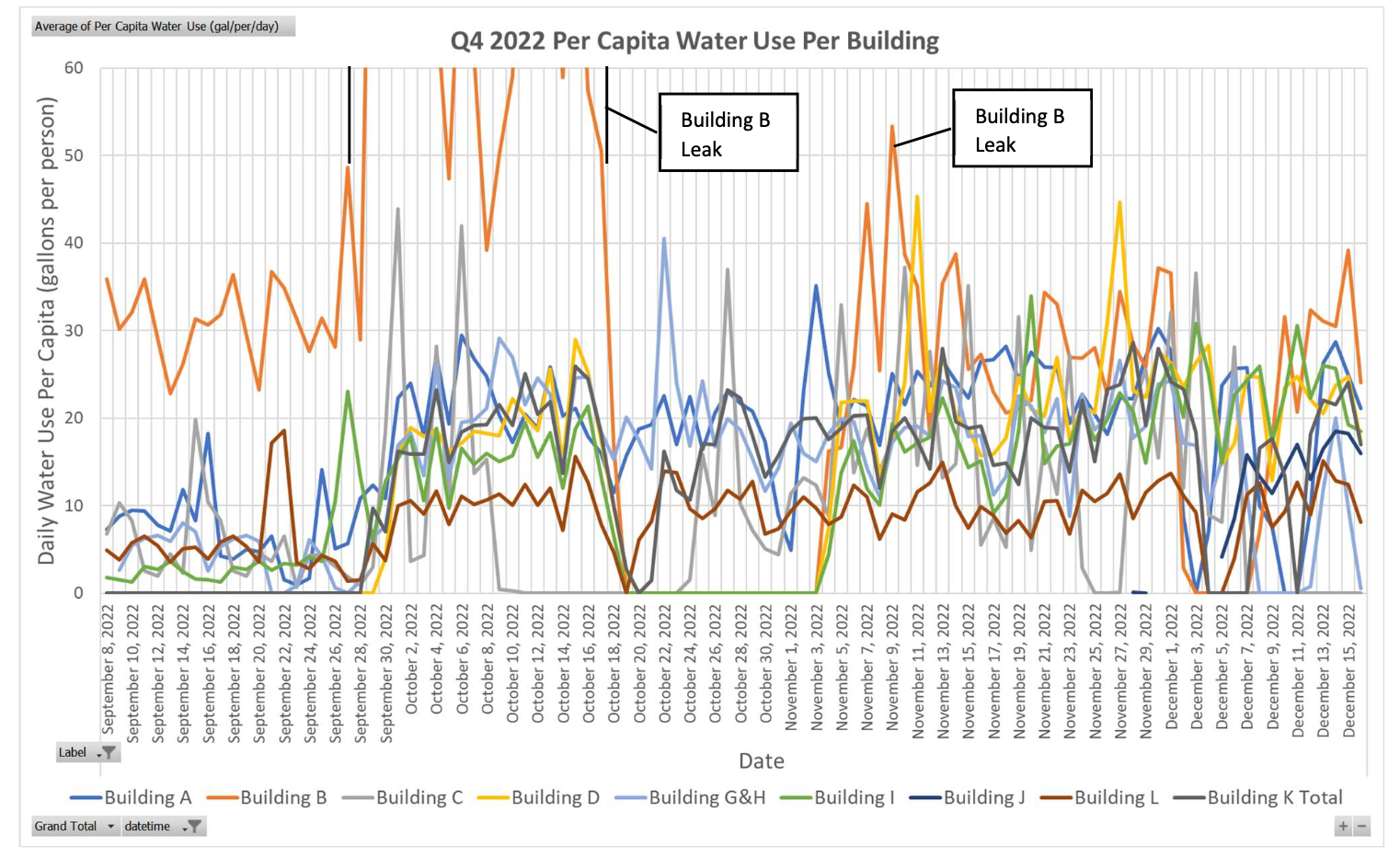
This collaboration resulted in the installation and optimization of 38 bluebot devices on the UNK campus, which allowed for specific sub-metering of various buildings and zones. The data collected by bluebot played a crucial role in demonstrating the campus’s water-wise practices to the Hawaii Water Board and gaining approval for future development. As a result, UNK saved $3.5 million by proving their commitment to water conservation and efficiency.
The UNK campus, located in Kona, Hawaii, was seeking approval from the Department of Water Supply, County of Hawai’i (DWS) for the development of its 62-acre campus to accommodate more students and build additional classrooms. To gain approval, UNK needed to demonstrate their existing campus’s water-wise practices and show that they could meet the water usage requirements with sustainable practices.

To accurately monitor water usage on the campus, UNK chose bluebot’s innovative water metering technology. The bluebot devices offered several advantages, including non-invasive installation, remote monitoring capabilities, and compatibility with various pipe materials. These features allowed for precise measurement of water usage without disrupting the existing water supply infrastructure.
To ensure the successful implementation of the bluebot water meters, two members of the bluebot team visited the UNK campus. They assisted with the installation and optimization of the 38 devices across 17 major buildings and 21 irrigation zones. This hands-on support ensured accurate data collection and efficient utilization of the bluebot technology.
Using the data collected from the bluebot devices, the UNK team conducted a comprehensive water usage assessment from September 2022 to March 2023. The assessment included analyzing per capita water use rates for both residents and day visitors, as well as evaluating historical water consumption and conservation initiatives implemented on the campus.

The water usage data collected with bluebot devices provided compelling evidence of UNK’s commitment to water conservation. By implementing various measures such as rain catchment systems, waterless urinals, and efficient irrigation practices, UNK achieved impressive results. The findings showcased that UNK’s water usage at ultimate build-out of the campus would only be 90,000 gallons per day, significantly lower than the projected 250,000 gallons per day if standard water usage rates were followed.
Armed with the data collected through the Bluebot devices, UNK successfully demonstrated to the Hawaii Water Board and the Department of Water Supply that their campus was water-wise. As a result, they obtained approval for the development of their campus and saved $3.5 million that would have been spent on additional water credits.

The partnership between UNK and bluebot exemplifies how innovative technology can drive sustainable practices and cost savings in water management. Through the non-invasive and accurate monitoring capabilities of bluebot devices, UNK showcased their commitment to water conservation and efficiency, leading to significant savings and approval for the development of their campus. This successful collaboration serves as an inspiration for other educational institutions and organizations to adopt similar water-wise practices, ultimately contributing to a more sustainable future.